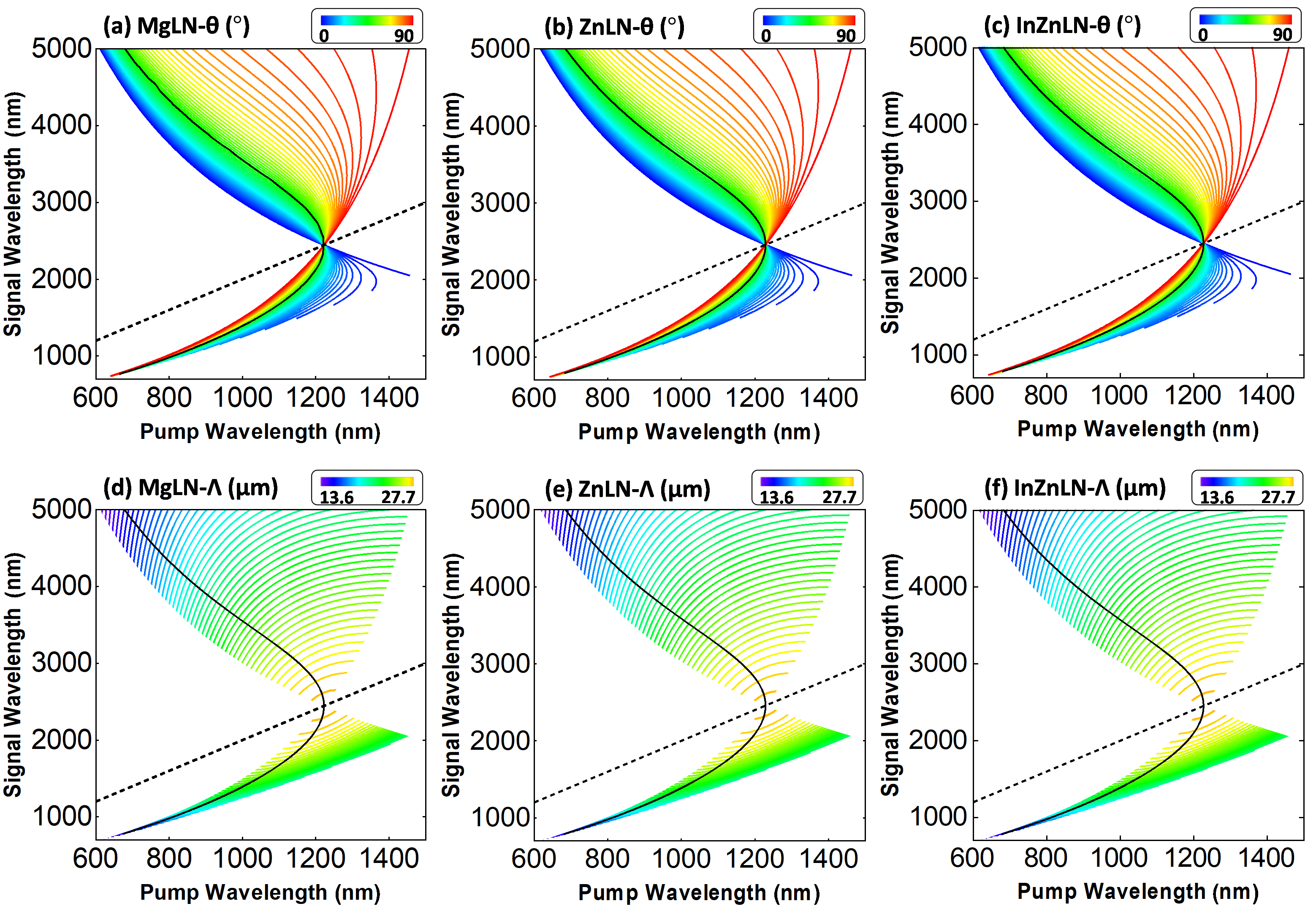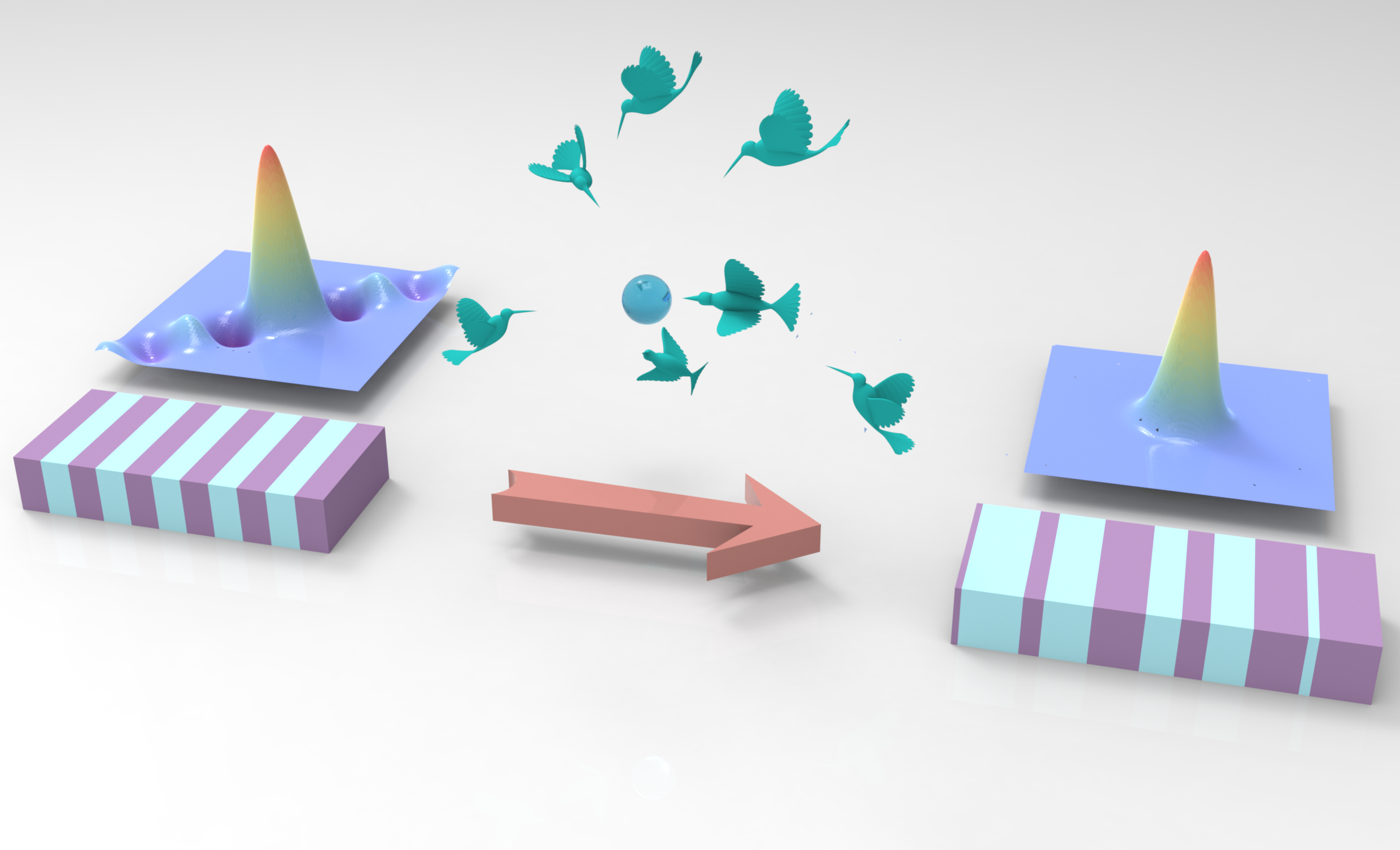Research
My name is Wuhao Cai, a PhD student at Quantum Optics Group, Department of Physics, Tohoku University, Sendai, Japan under the supervision of Prof. Fumihiro Kaneda. Prior to research in Japan, I attained M. Eng. from the Wuhan Institude of Technology (China) in 2021, for near four years on scientific research training at Prof. Rui-Bo Jin’s group.
Research topics I: Development of heralded single-photon sources based on SPDC.
We designed optimized single-photon sources at Mid-infrared (MIR) band (See topics III) and telecom O-band (See topics III);
We used doping ratio as a degree of freedom to manipulate the biphoton state in PPLN crystal to prepare pure photon at MIR band [Optics Express 29(1), 256-271 (2021)];
Counter-propagating method to prepare pure photon at telecom band by PPKTP family crystal [J. Opt. Soc. Am. B 37(10), 3048-3054 (2020)];
BBO family crystals [Quantum Engineering 2(2), e38 (2020)] and 22 kinds of crystals to prepare frequency-uncorrelated biphoton states at telecom band and MIR range [Quantum Engineering, 2023, 6929253 (2023)].

Doped PPLN single photon source
Research topics II: Entanglement sources and biphoton quantum interference experiments.
We prepared entanglement sources at the 810 nm band [J. Opt. Soc. Am. B 39(1), 77-82 (2022)];
Pump-tight-focusing entangled photons to realize Hong-Ou-Mandel Interference [Acta Physica Sinica 71(5), 054201 (2022)].

Compact Sagnac-type PPKTP entangled photon source
Research topics III: Quantum and classical optics application by algorithms.
We used metaheuristic algorithm to prepare optimized single-photon sources by PPLN crystal at the mid-infrared band [Adv. Quantum Technol. 5(7), 2200028 (2022)], note that [this work has been selected as the front cover of the journal for the July issue];
Recently, we have designed pure heralded single-photon sources at the telecom O-band, where single-photon pulse can be transmitted with low loss and low pulse distortion [arXiv:2501.14214];
Identification of diffracted vortex beams at different propagation distances using deep learning [Frontiers in Physics, 10, 843932 (2022)].
